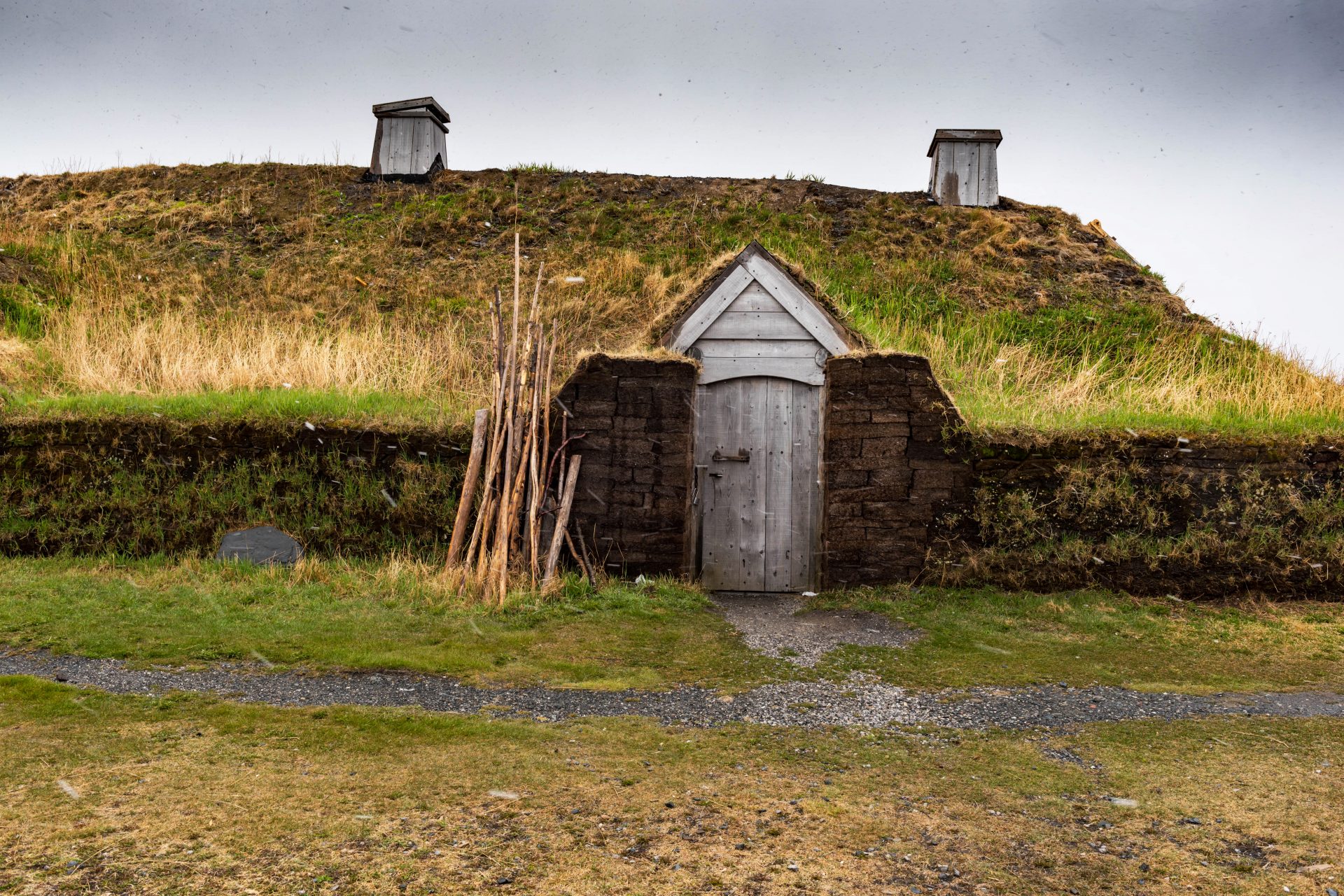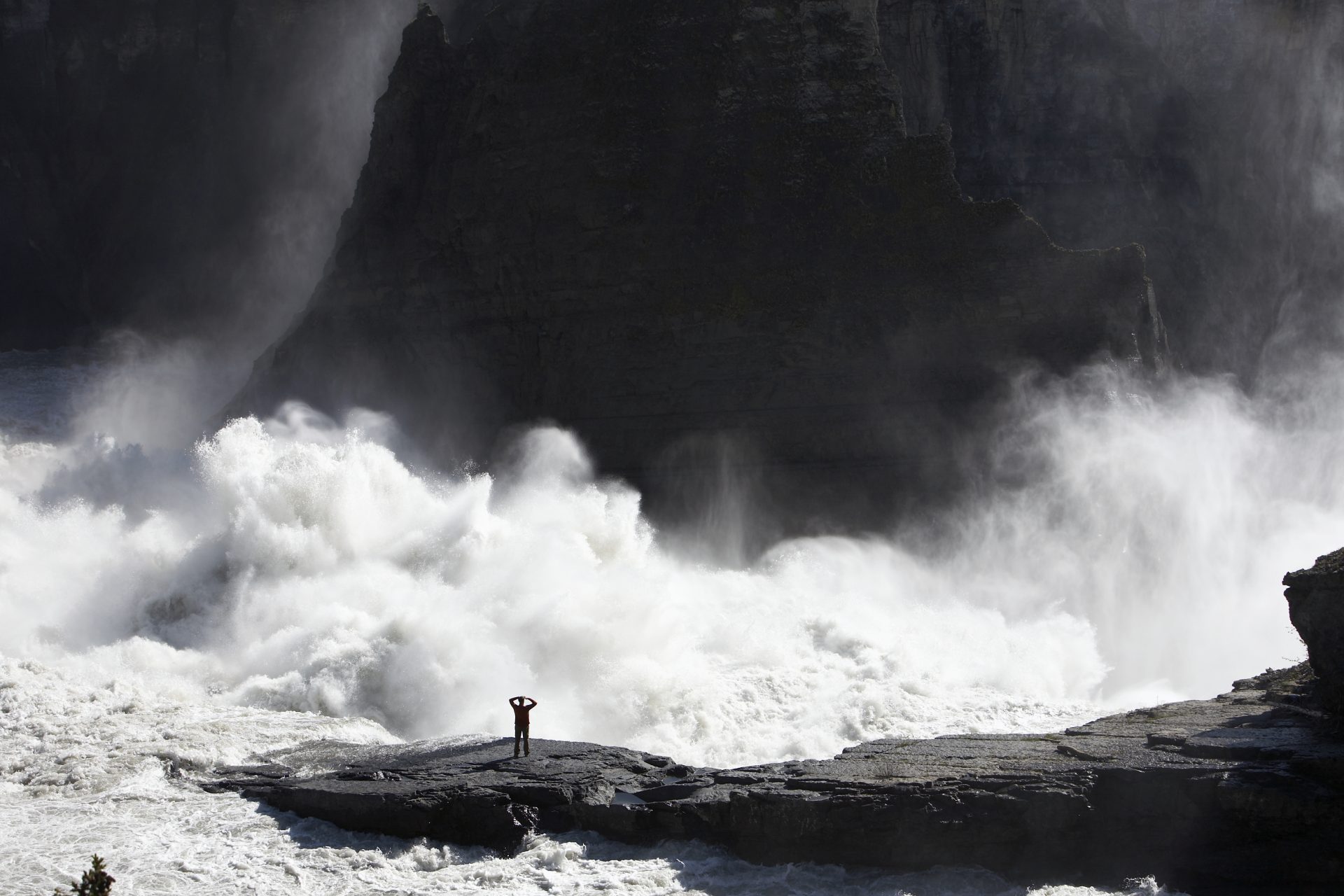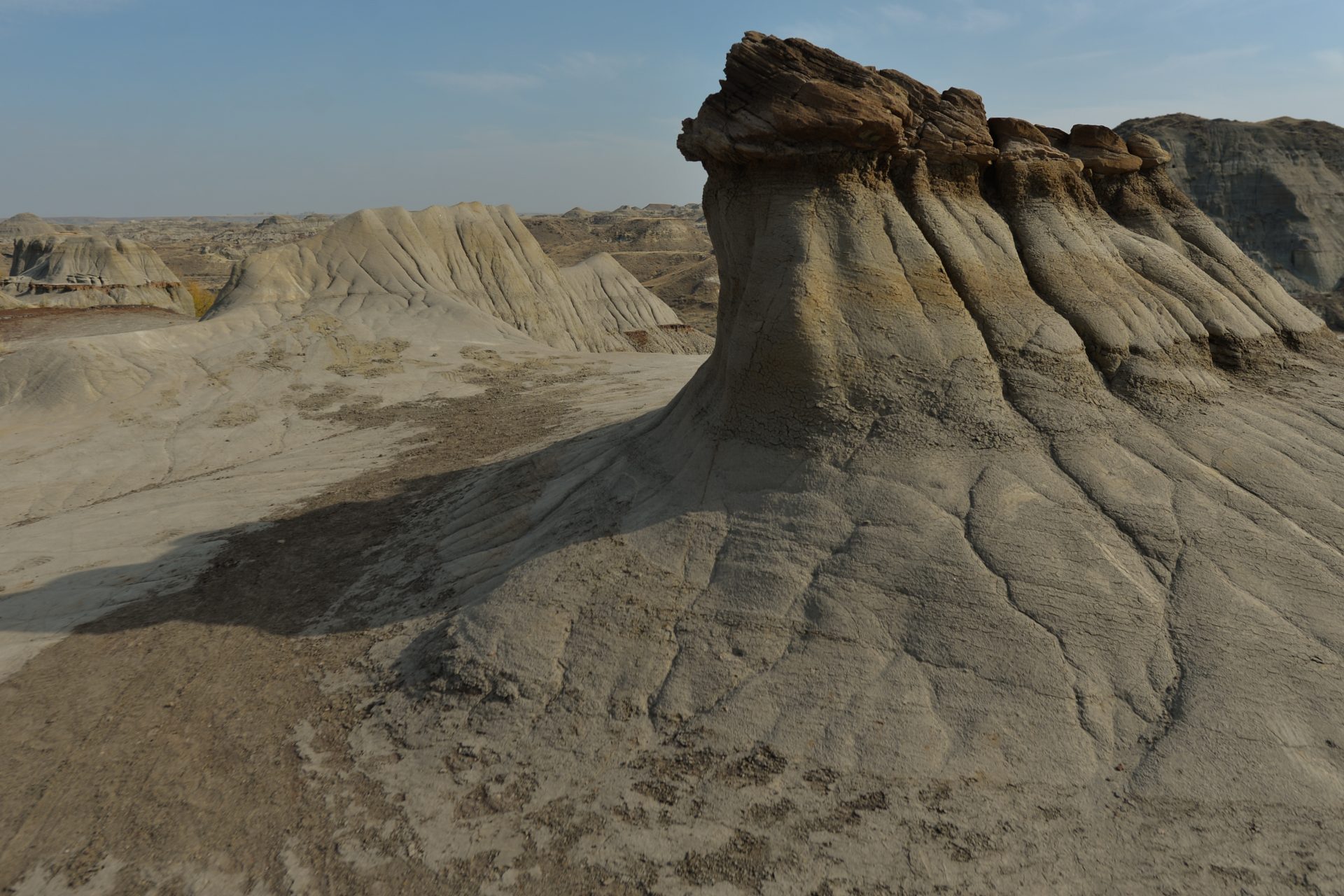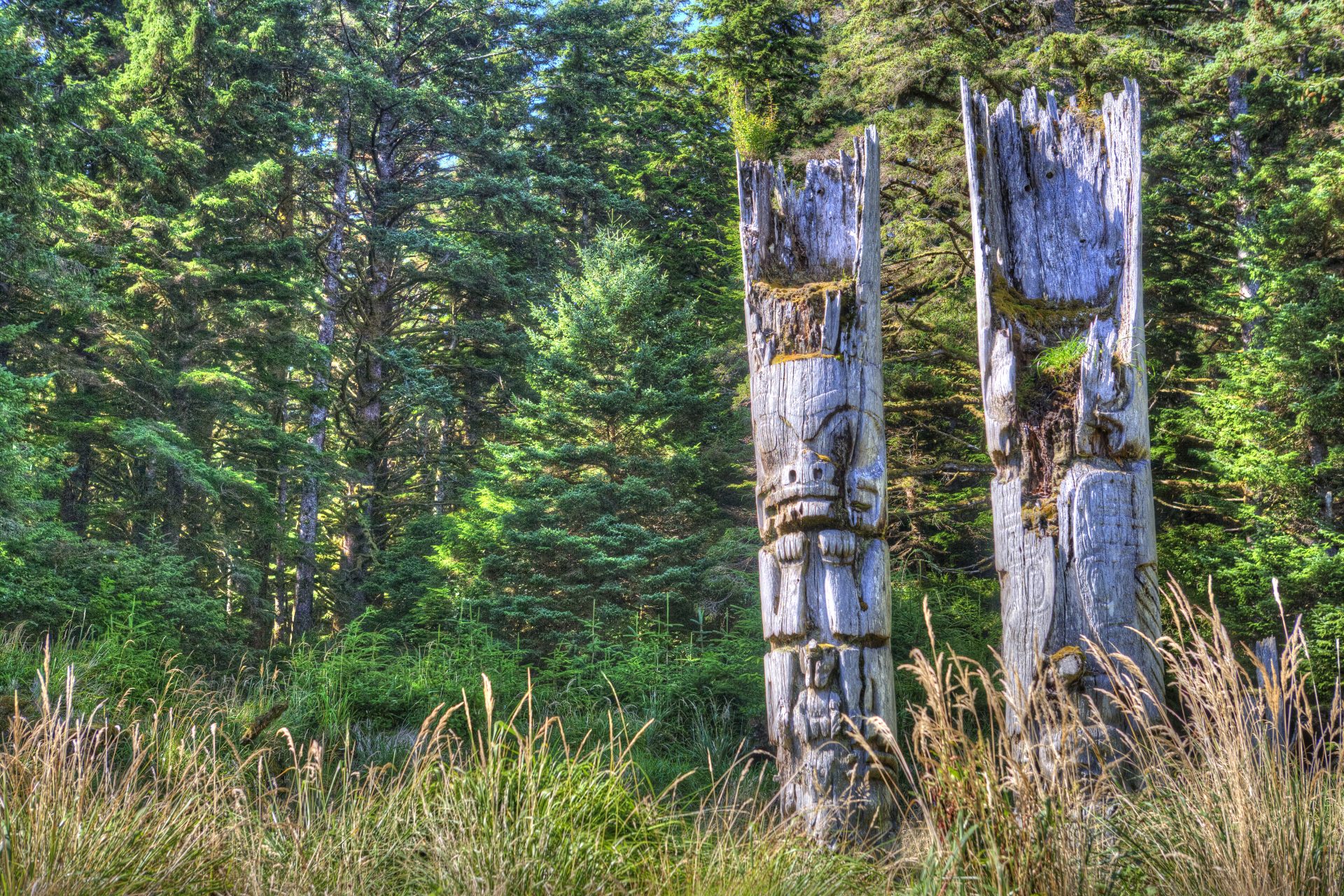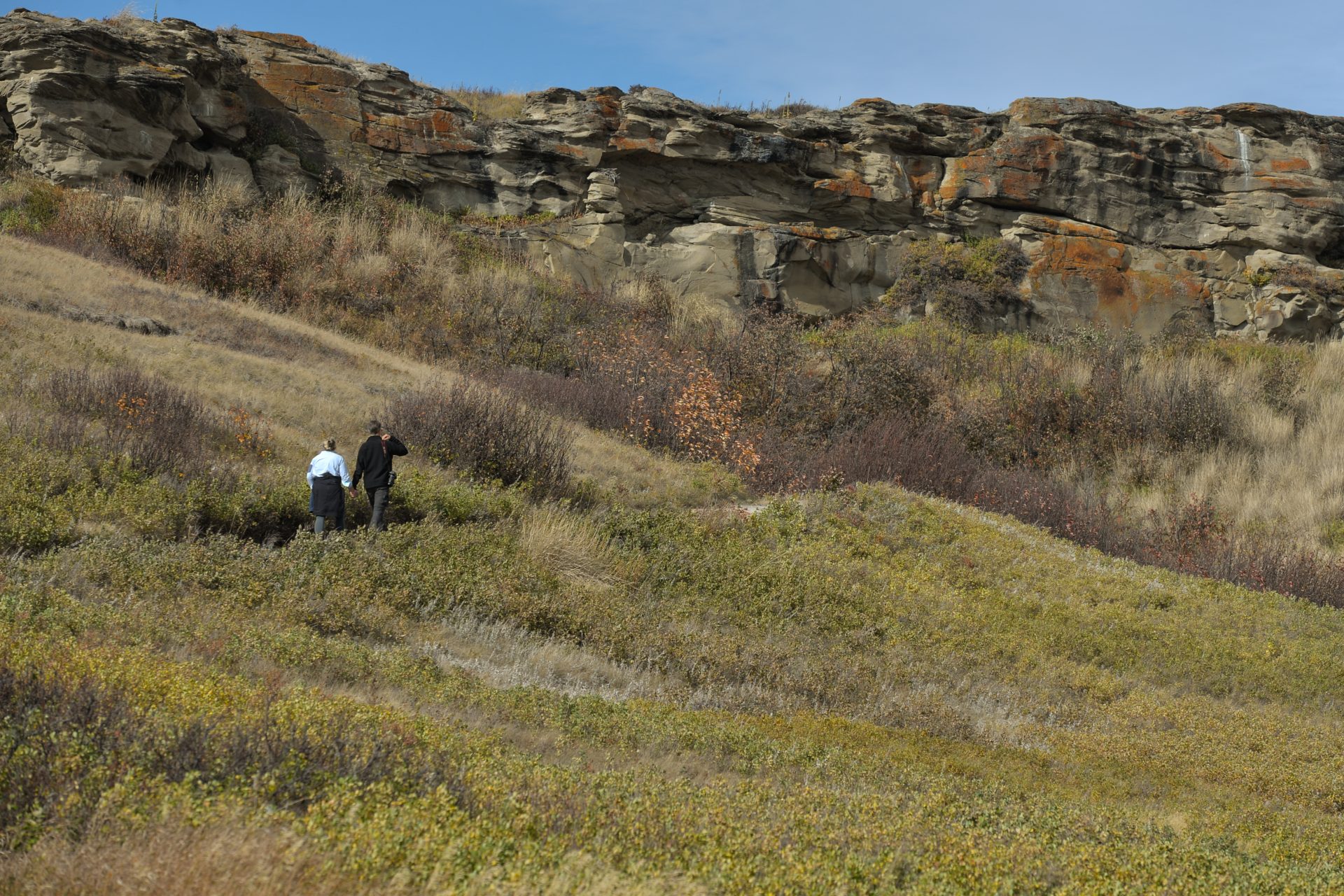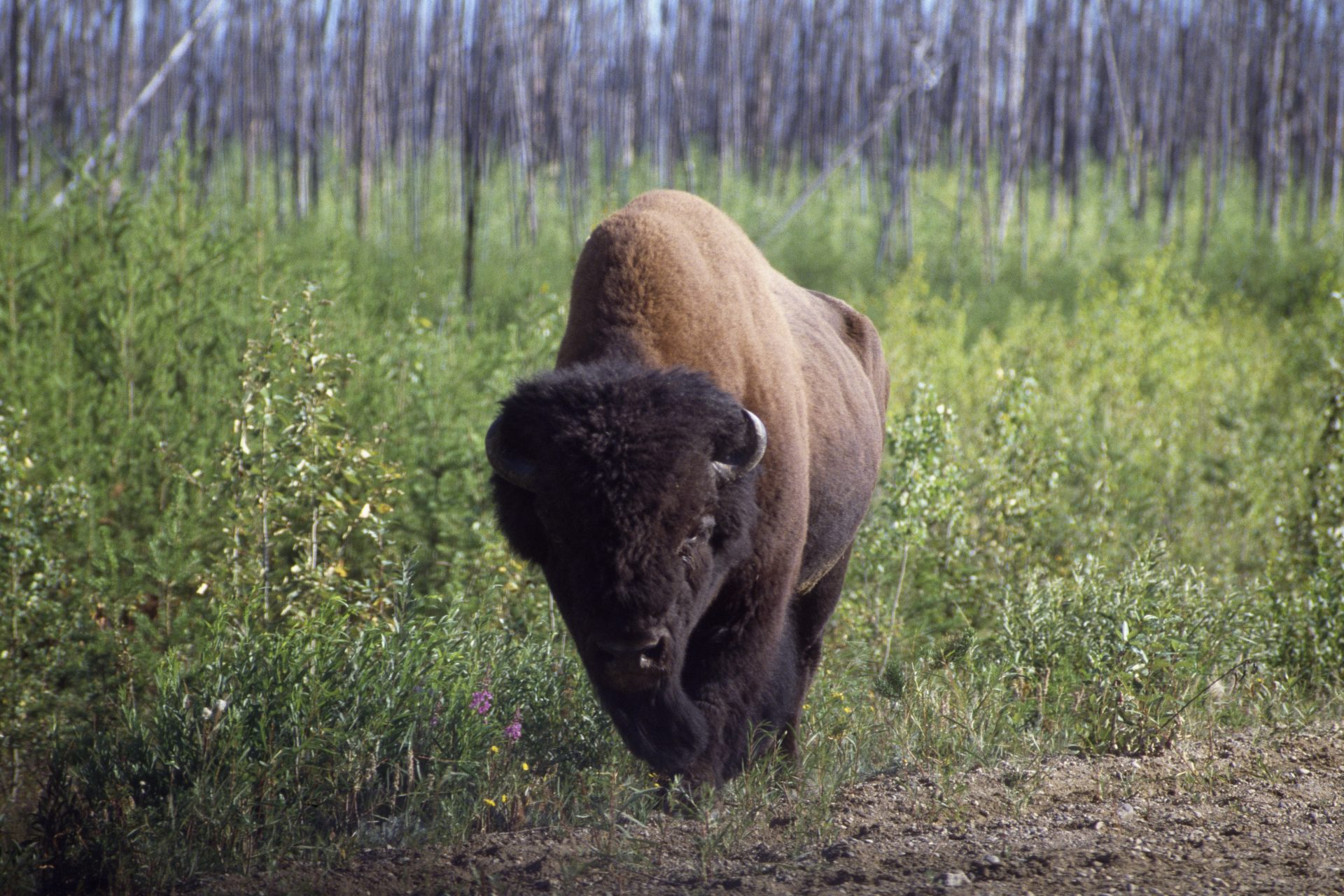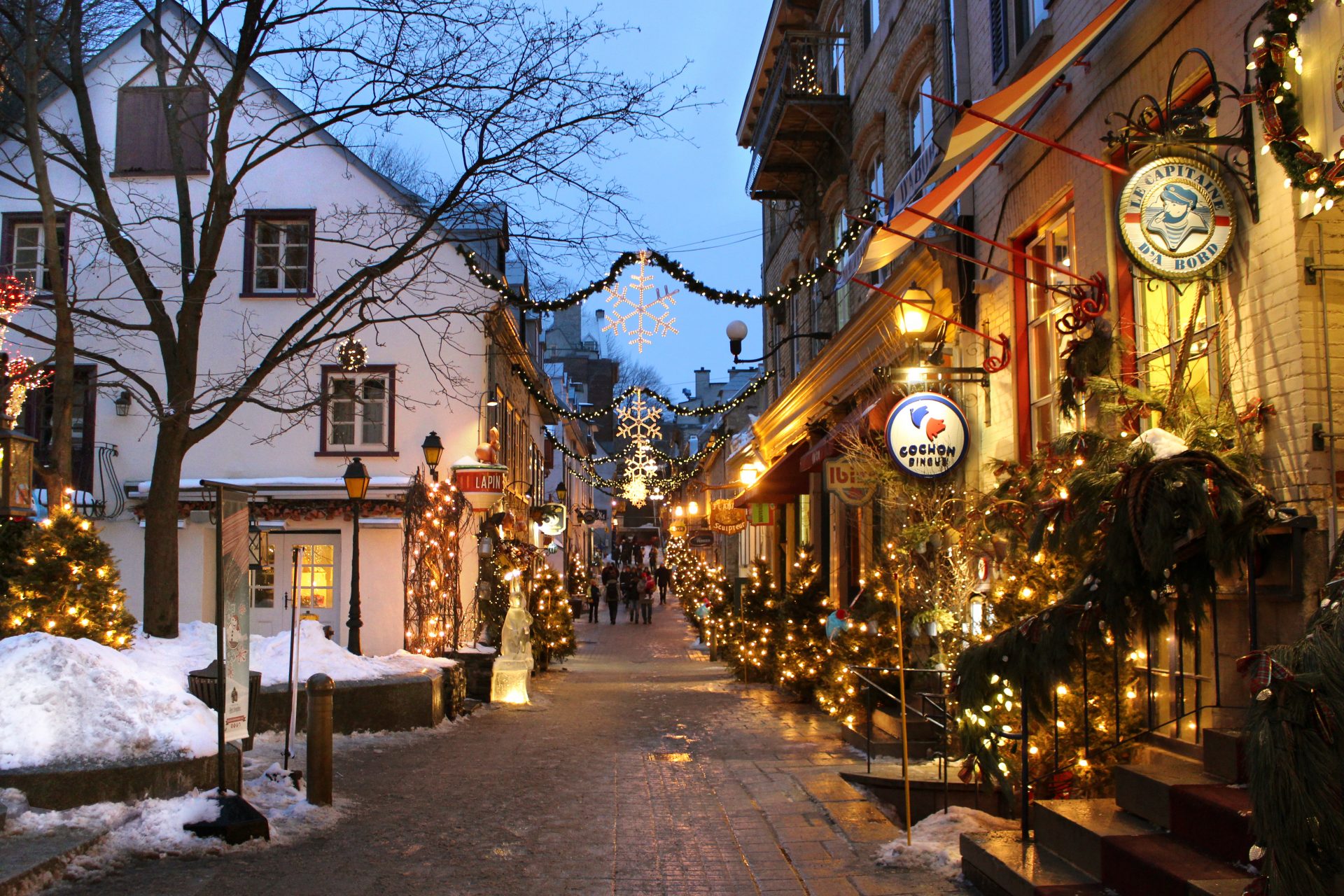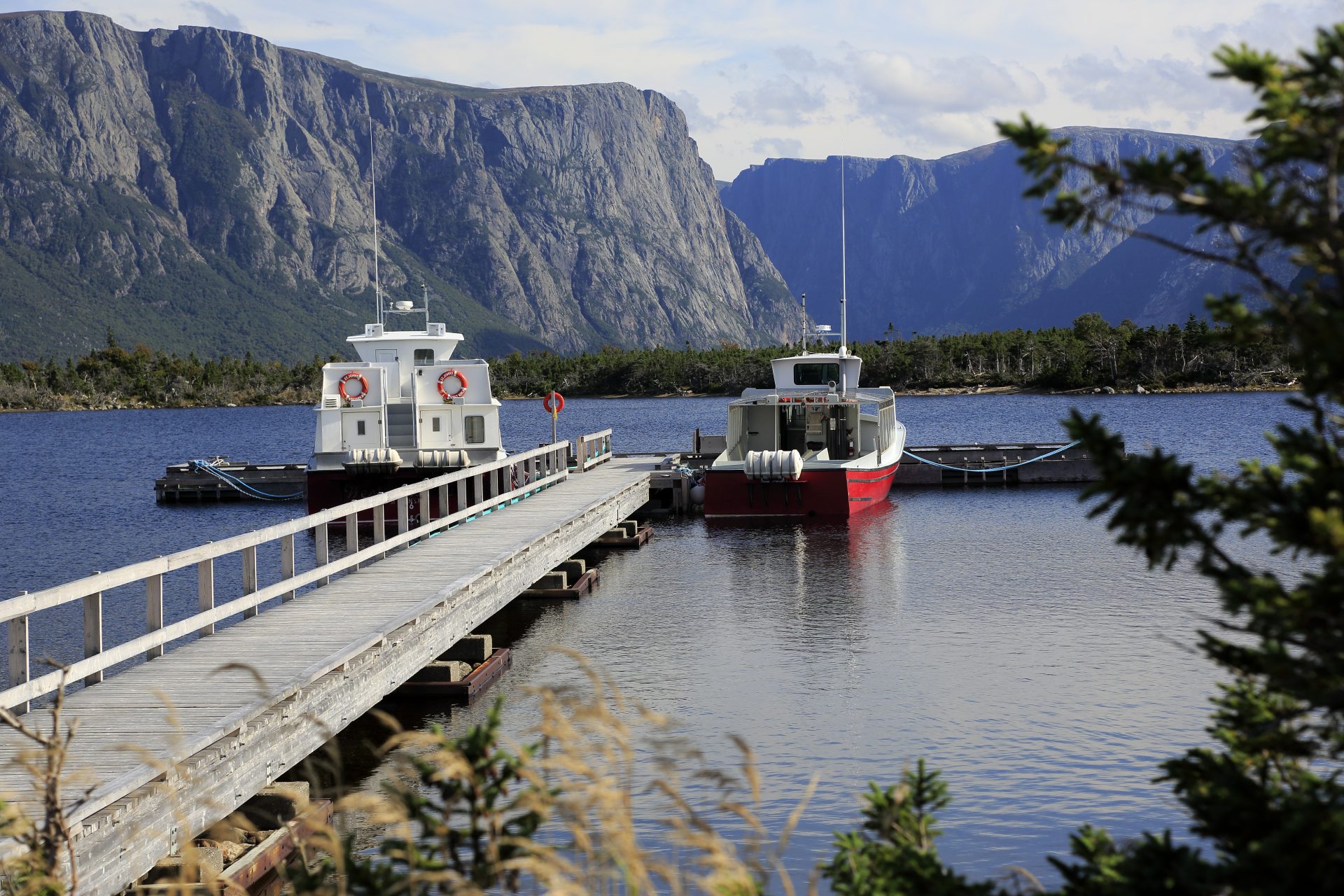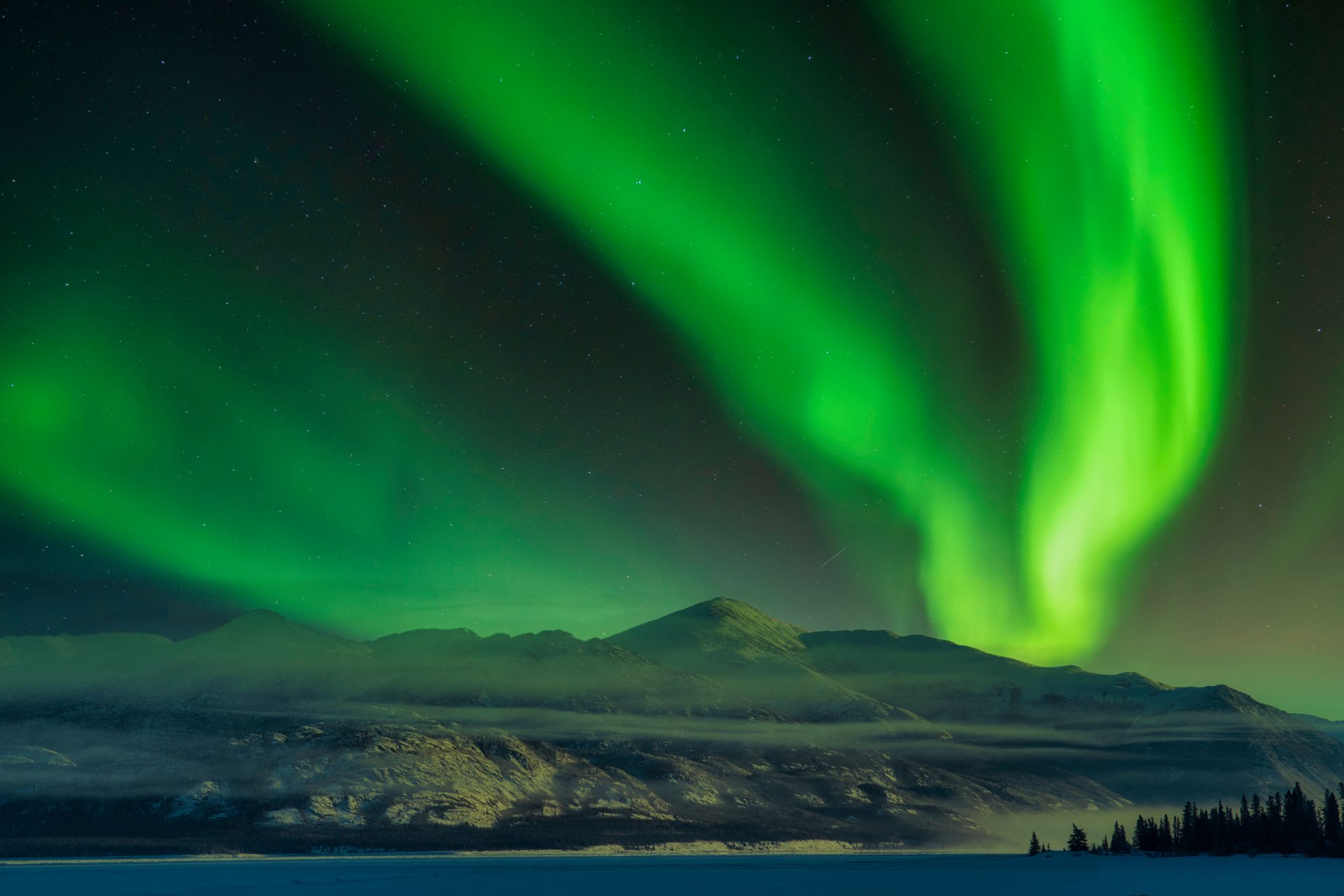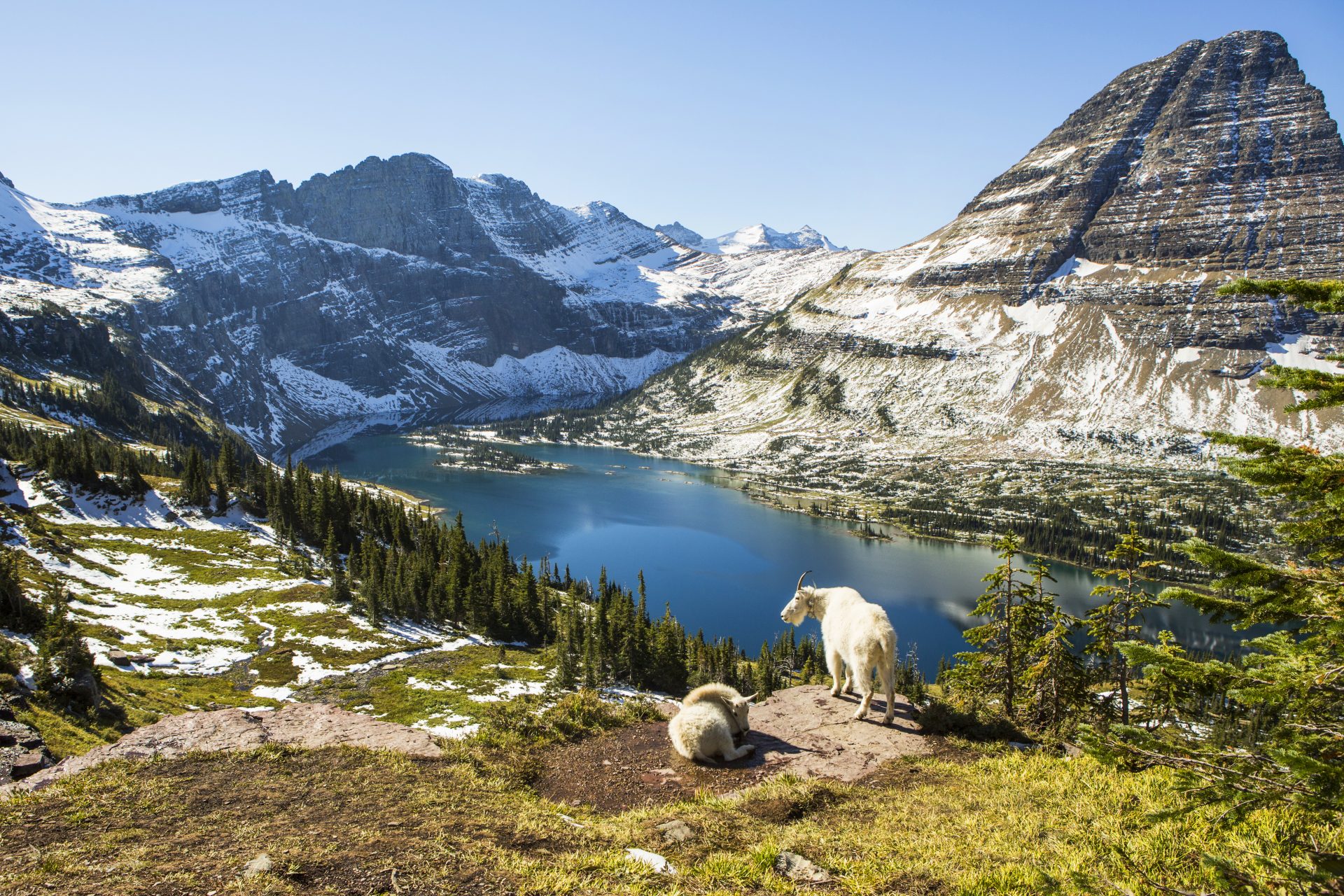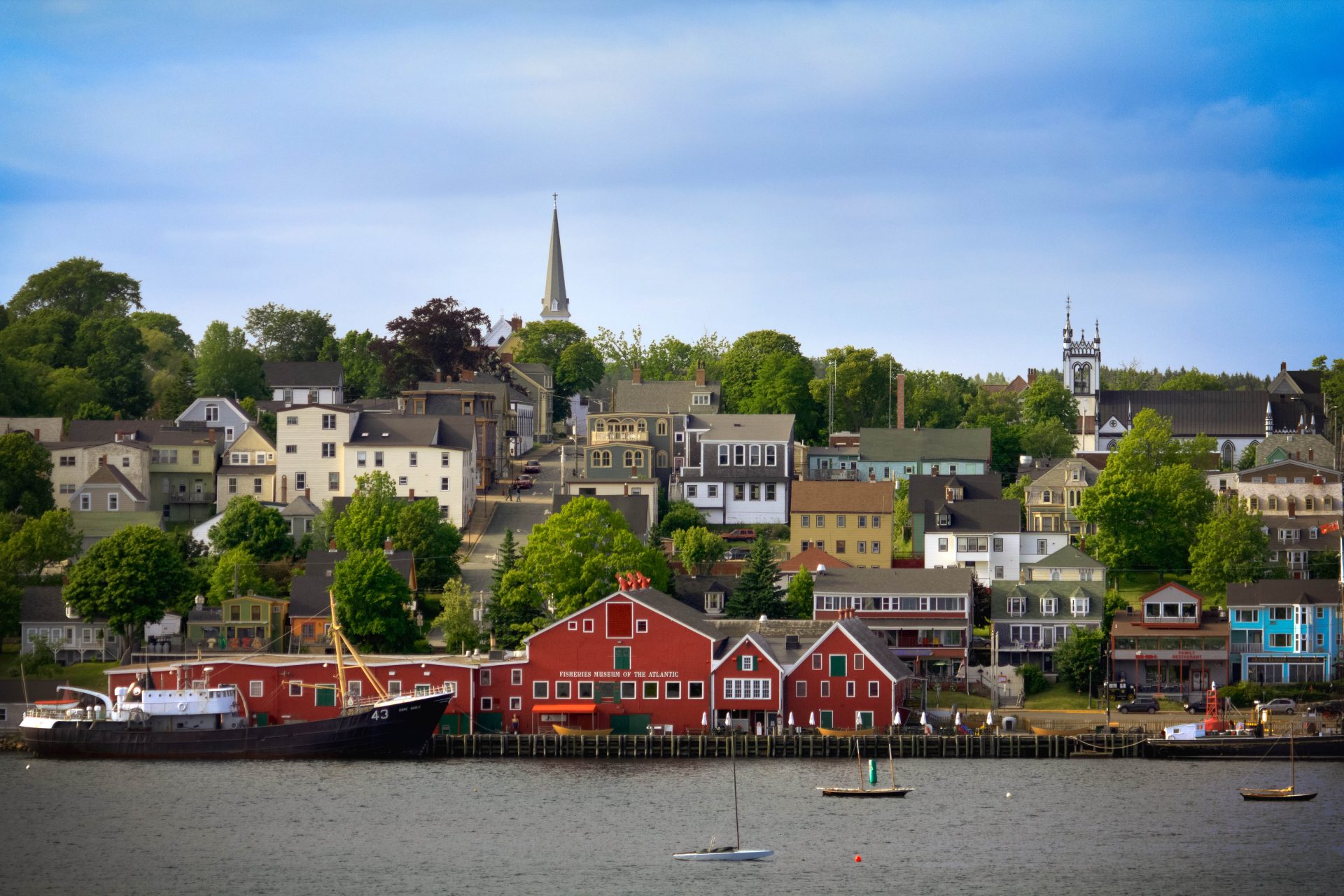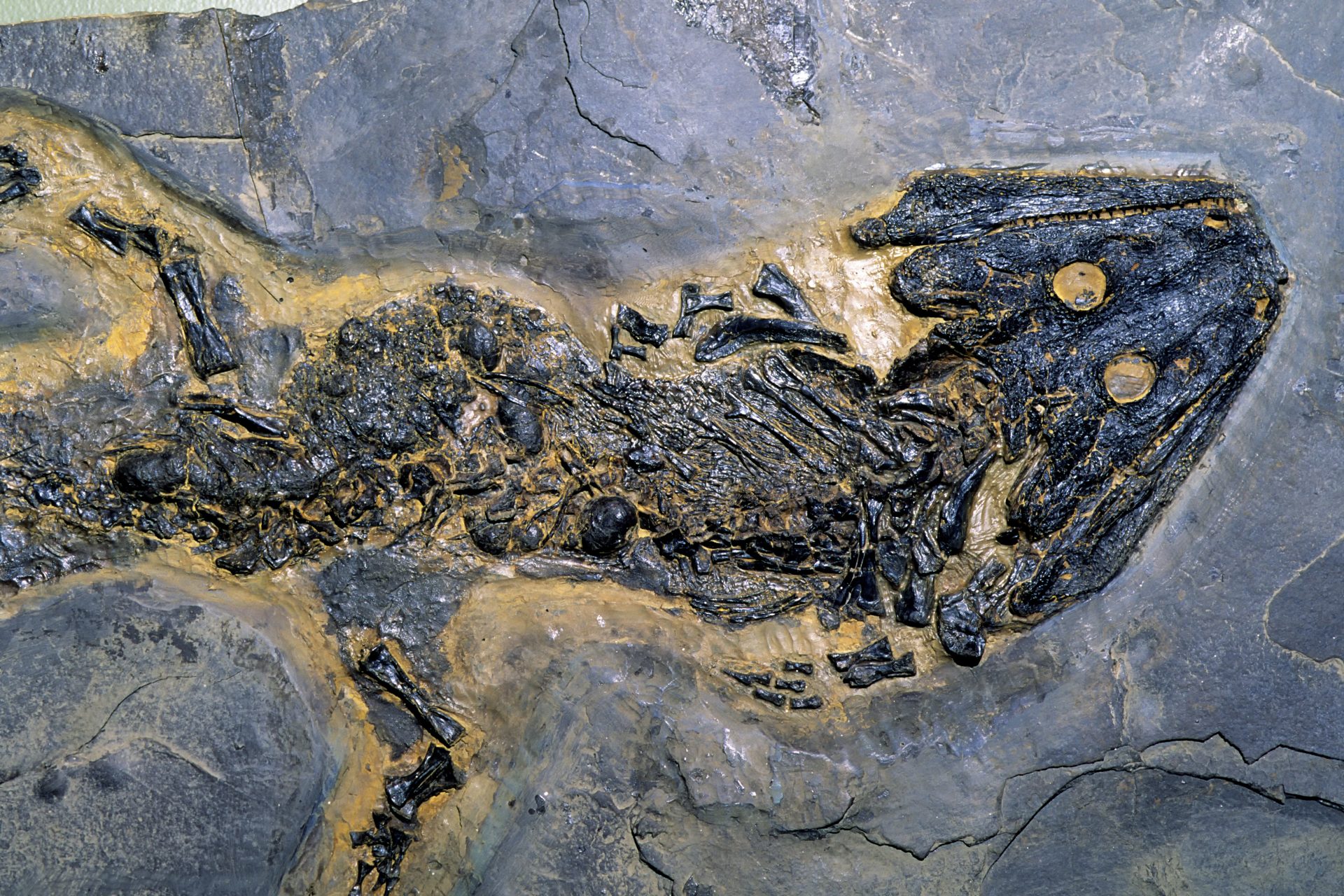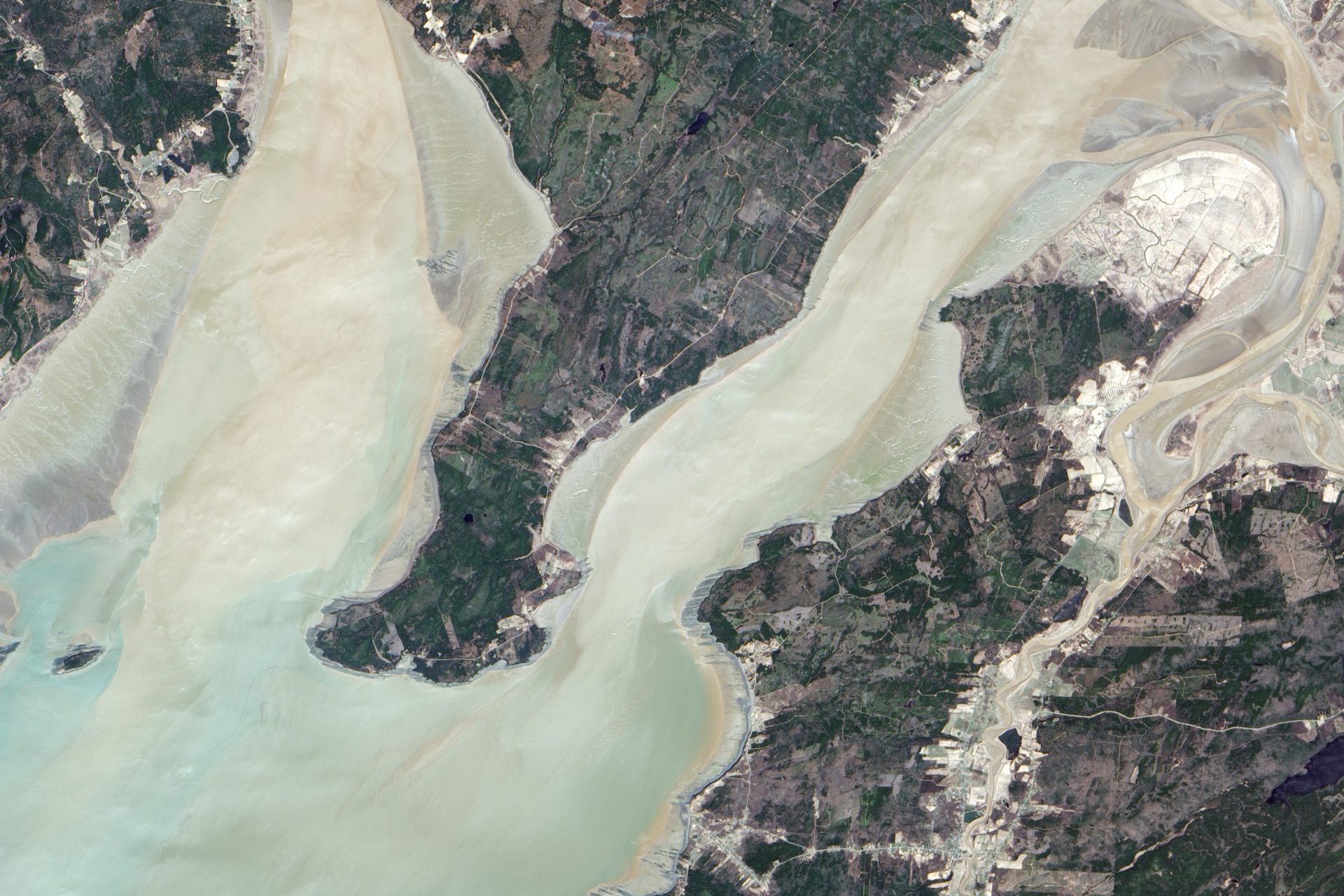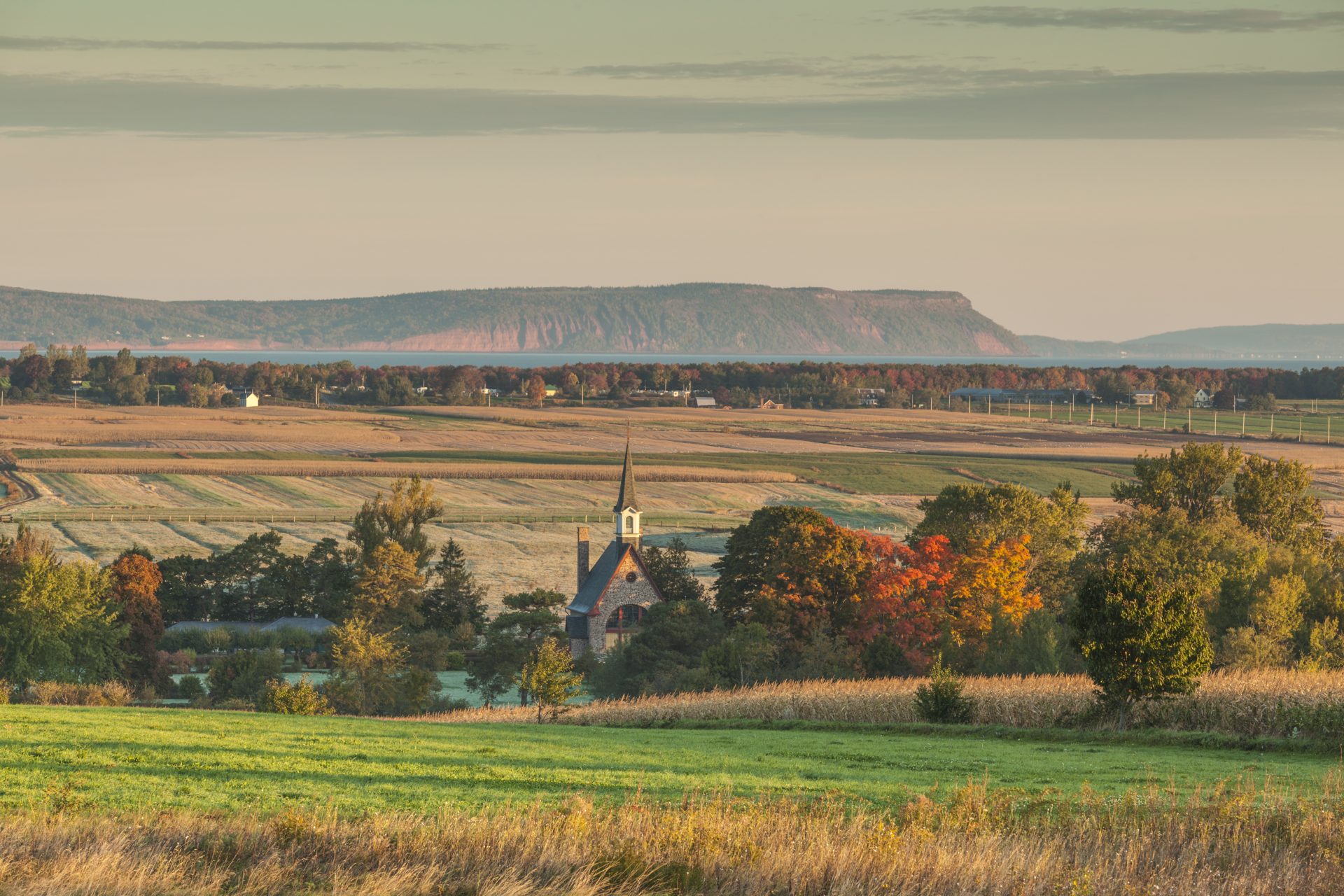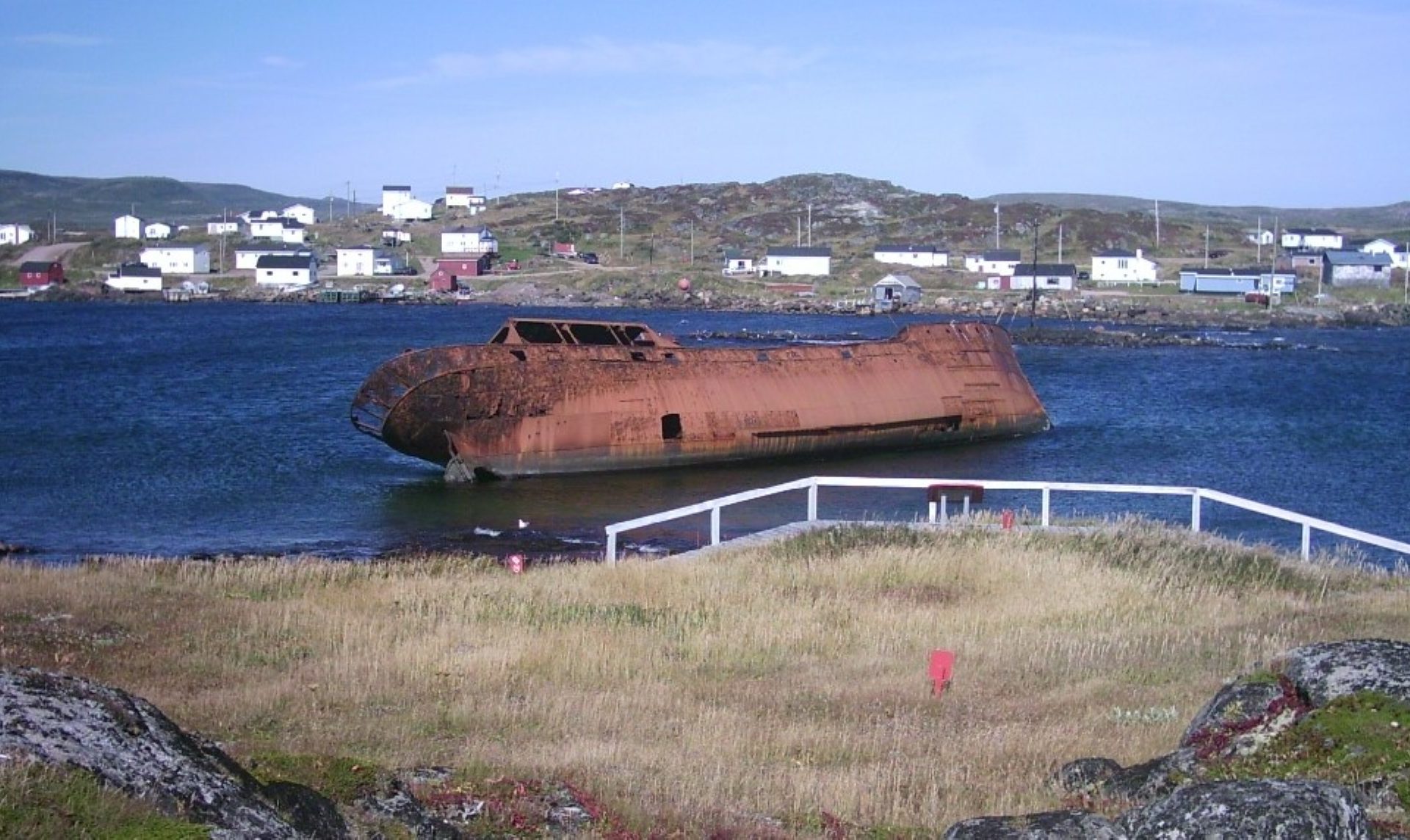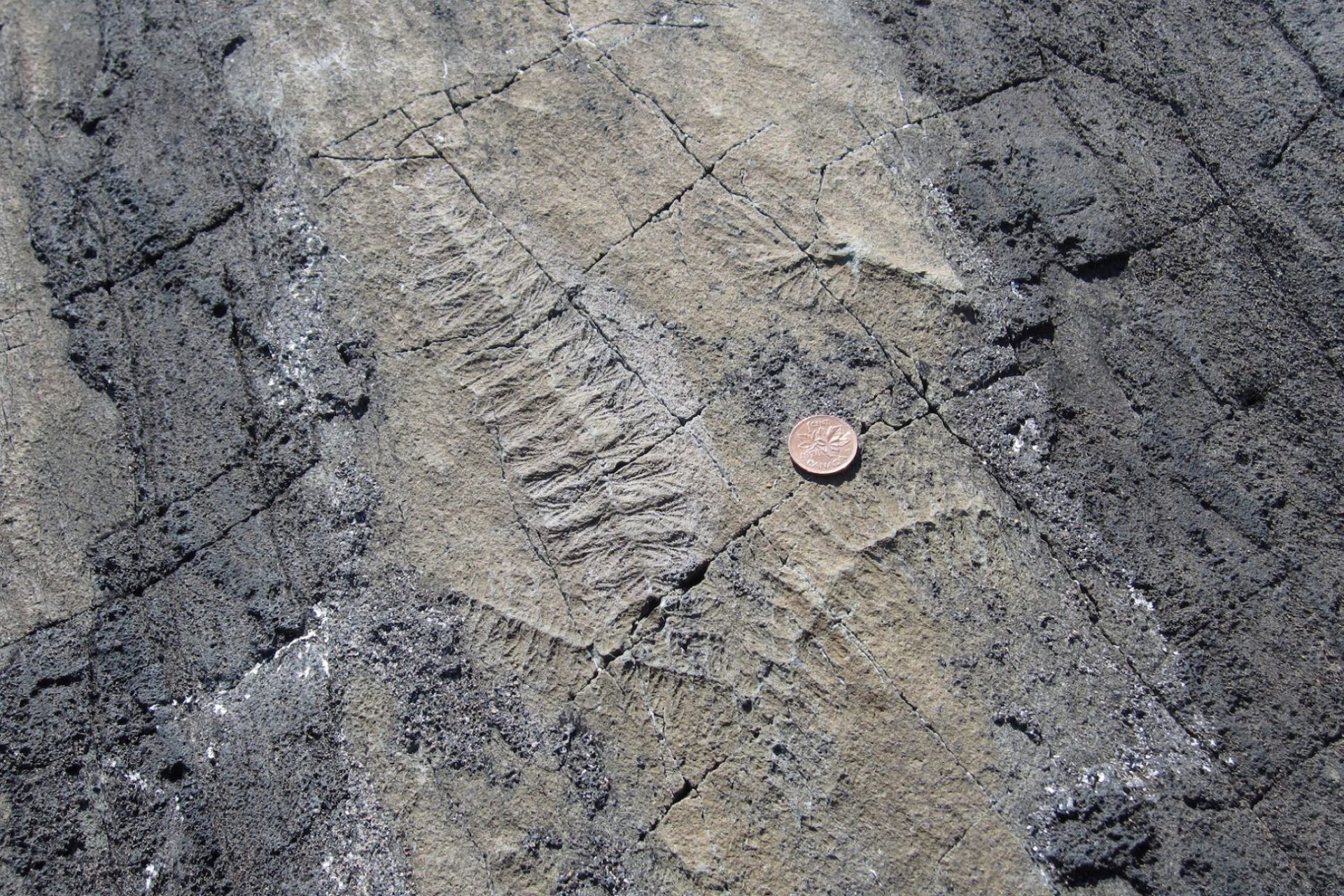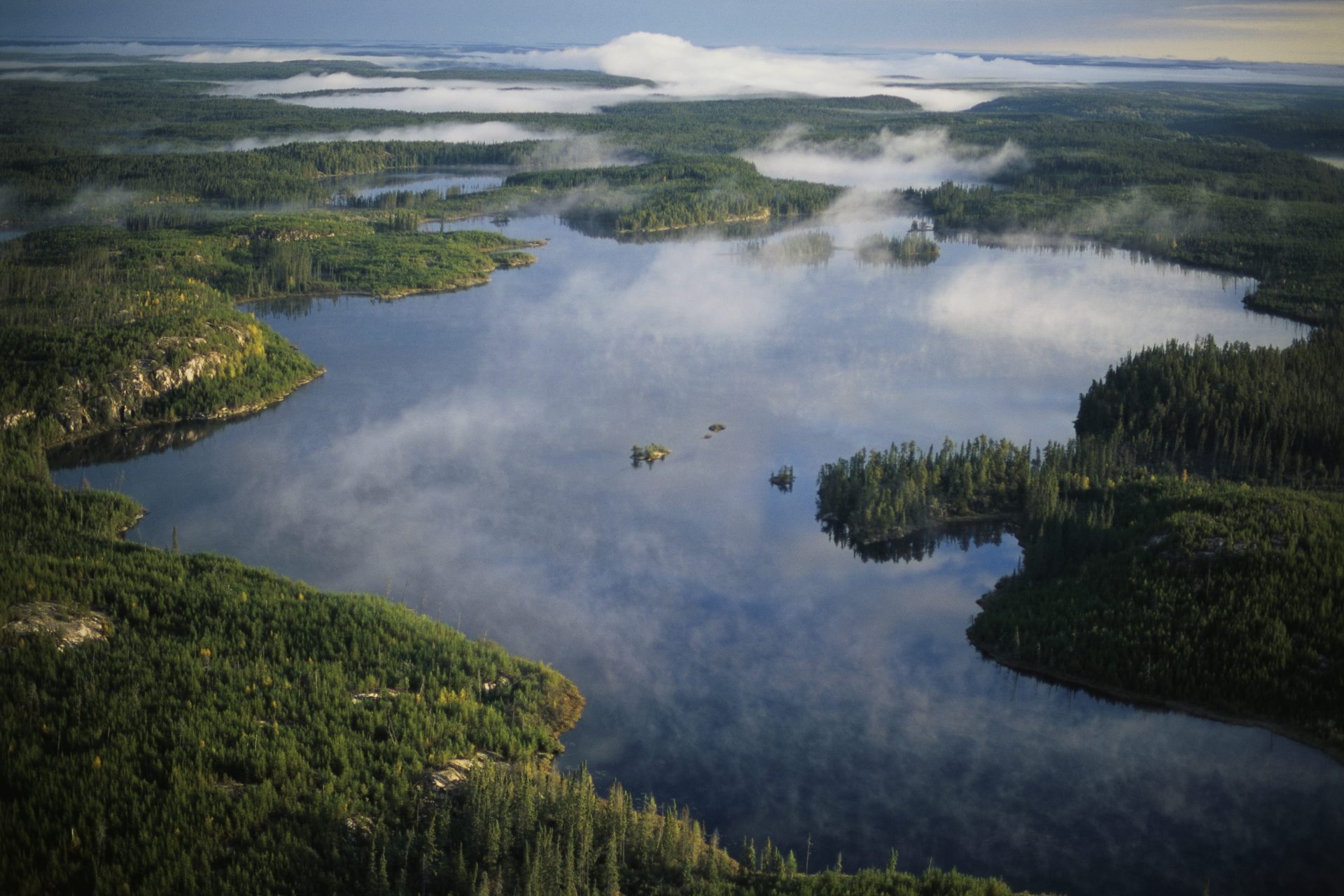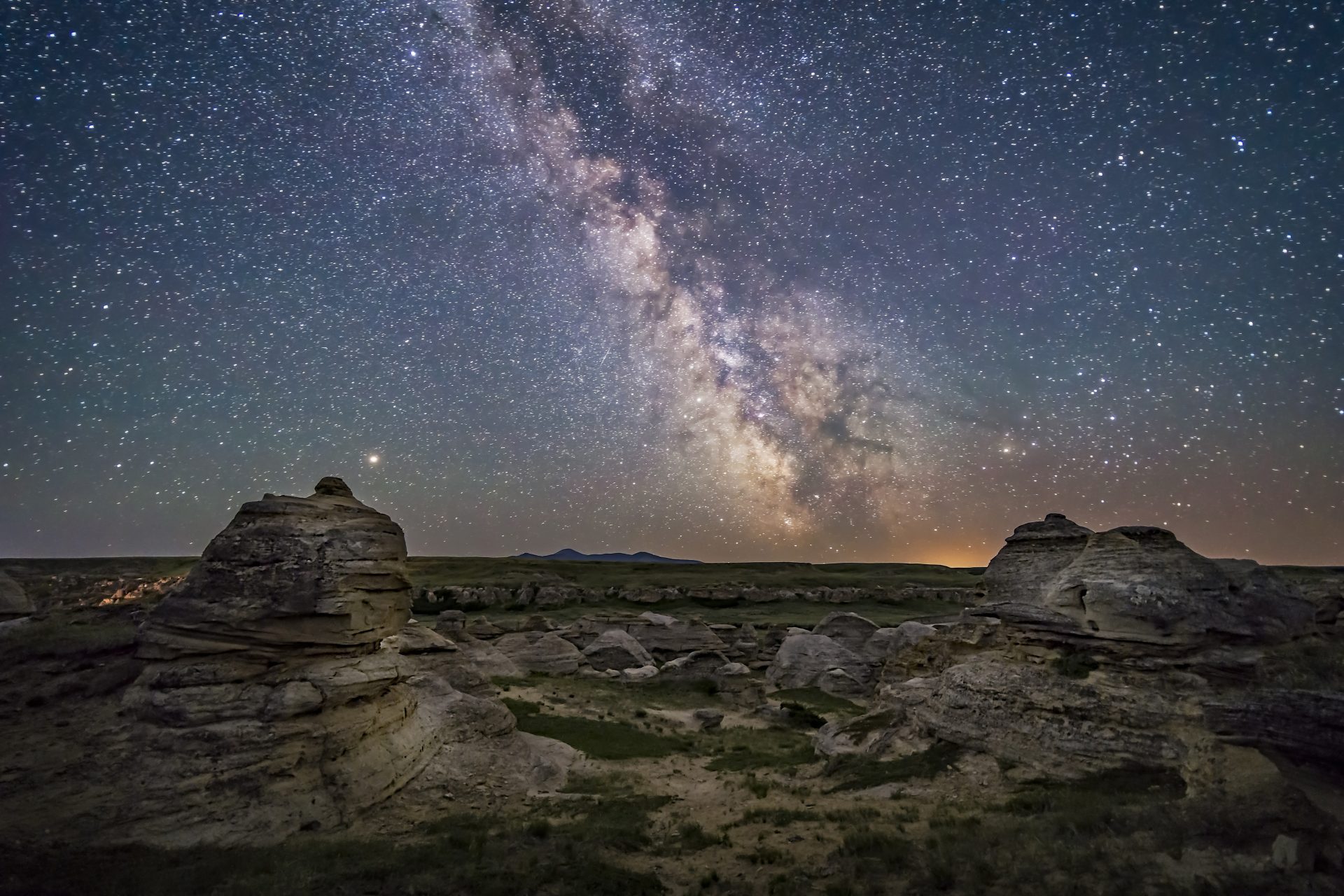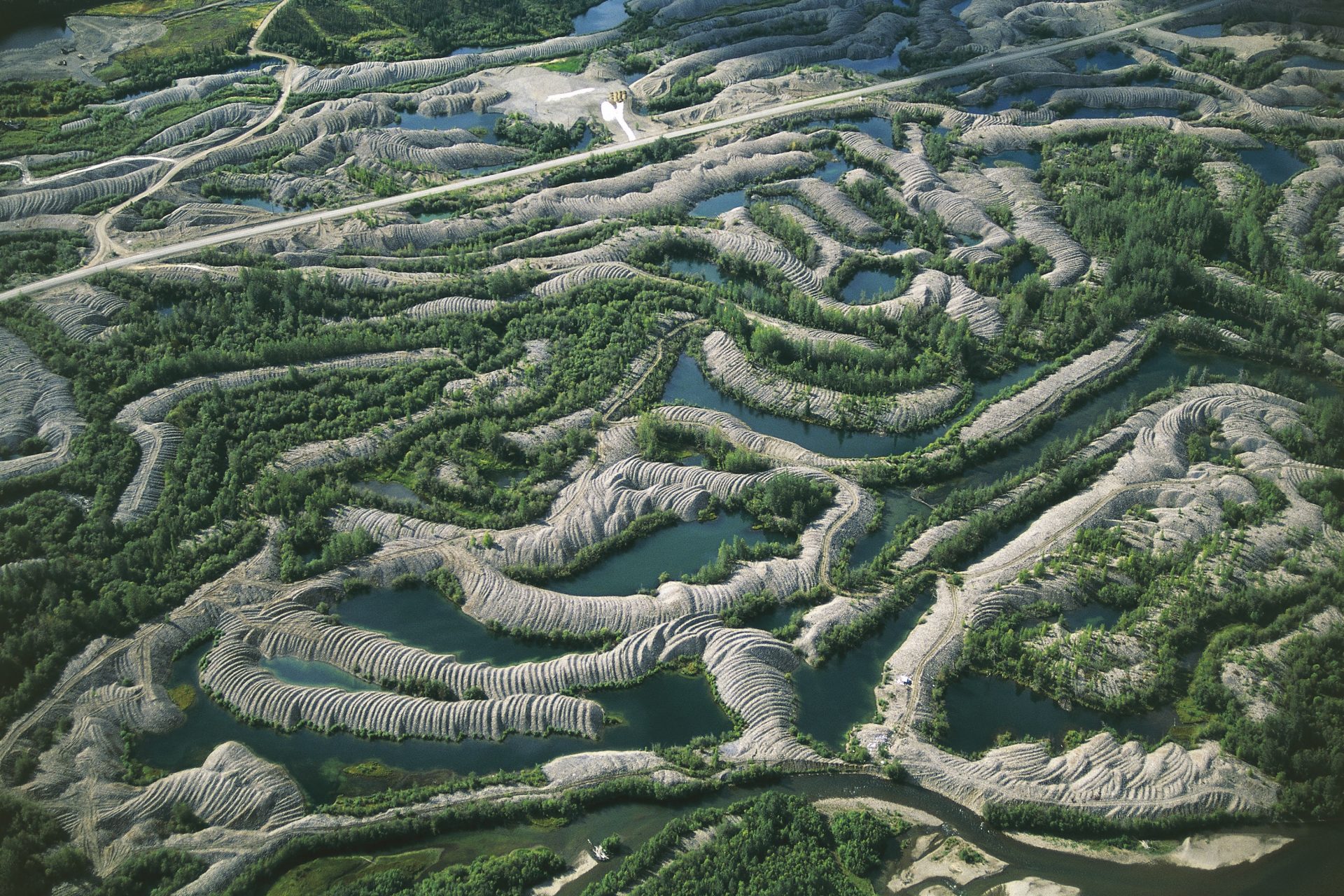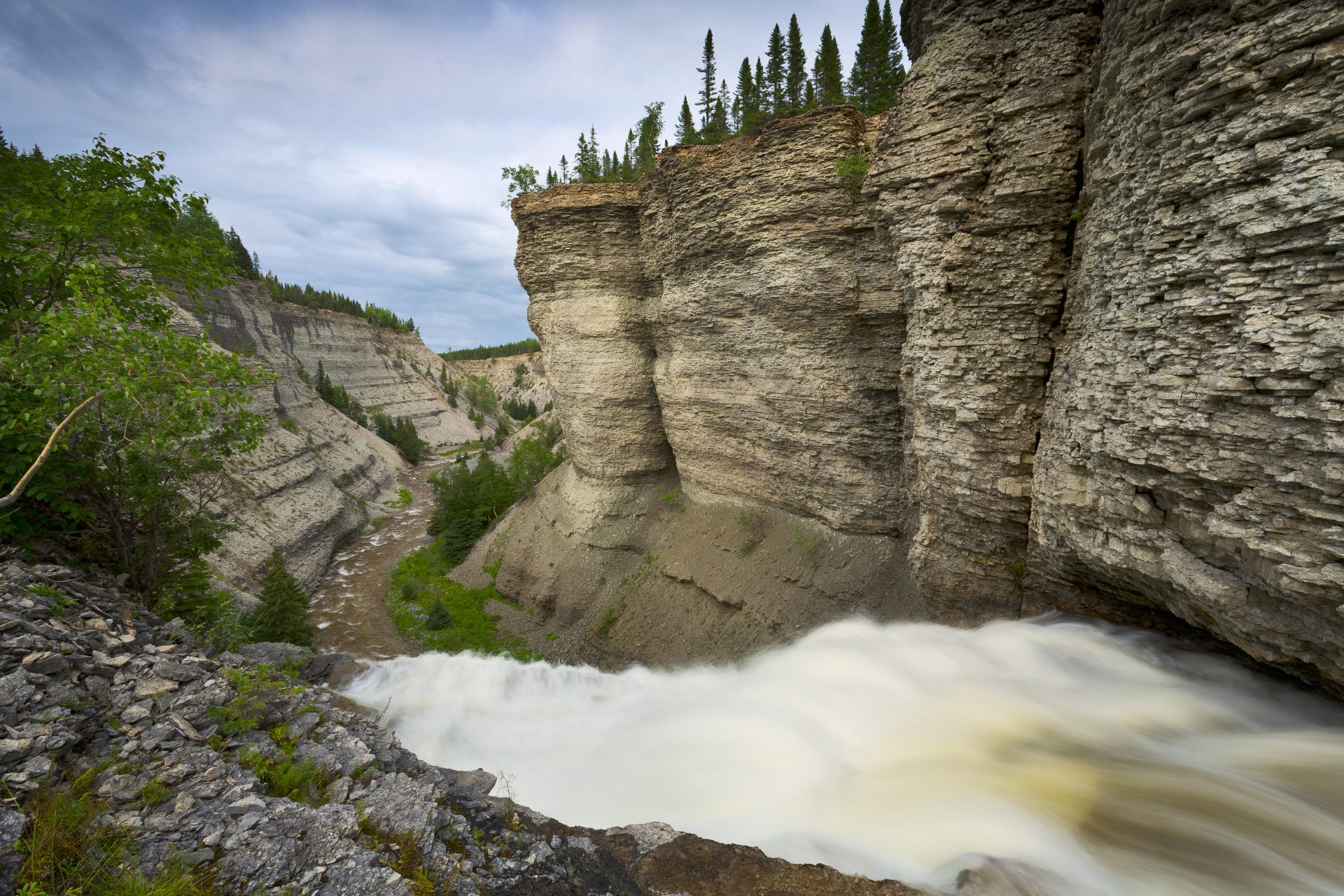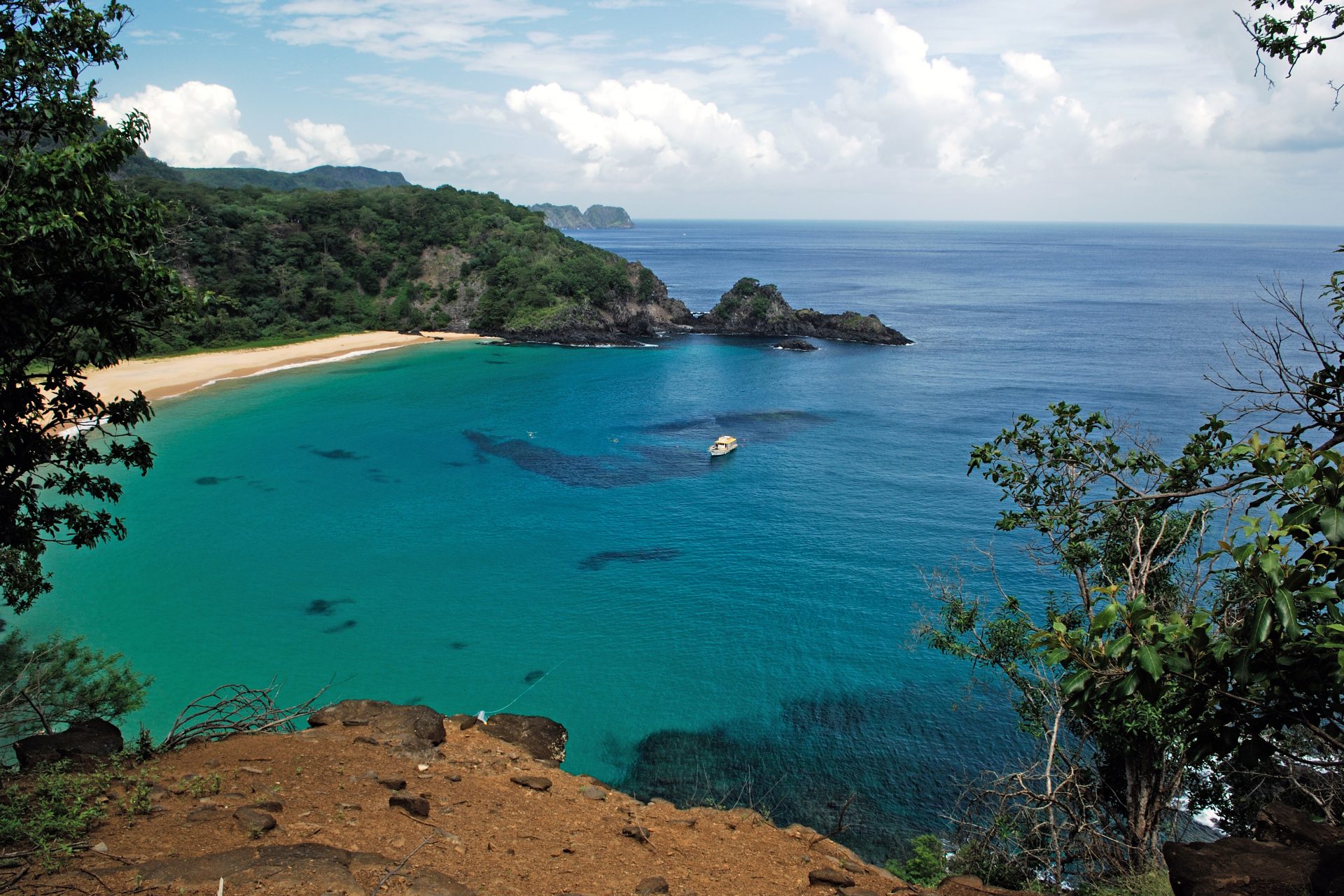Photos: Canada's spectacular World Heritage Sites
Since 1972, the UN body UNESCO has been picking out places around the world that represent invaluable cultural or natural heritage — some of the most spectacular and important places that humanity has access to on this earth. Canada, the second largest country in the world, has a whopping 22 World Heritage Sites. Here they are…
The first site to be granted the coveted World Heritage status in Canada is this 11th-century Viking settlement in Newfoundland and Labrador. Thought Colombus was the first European to visit the Americas? Well, archaeological evidence from this site proves that assumption wrong.
Approximately 500km (311 miles) west of Yellowknife in the Northwest Territories you can find this natural park known for its picturesque wild rivers, canyons, and waterfalls. Due to the mysterious disappearances and deaths of gold prospectors over the years, the park is also said to be haunted. If you don’t believe in that, it’s absolutely home to dangerous animals like grizzly bears and wolves.
Two hours east of Calgary, you’ll find the Red Deer River valley, known for its rock formations, striking badland topography and, you guessed it — dinosaurs! It is home to some of the most spectacular dinosaur bone finds on earth, providing insight into the life in the area around 76 million years ago.
Also known by its English name Ninstints, this village on the North Coast of British Colombia is a key site of the Haida indigenous people. Archeological evidence shows it has been inhabited for at least 10,000 years, and it preserves a 19th-century Haida village that includes large cedar longhouses and several carved mortuary and memorial totem poles.
This site is one of the prominent examples of buffalo jumps, which was how Plains peoples hunted bison over nearly six millennia. It was a complex task of finding the herd of bison, directing them to the area, and then driving them off the 300-meter (980-foot) cliff. It is also home to a museum of Blackfoot culture and is located in Alberta at the foothills of the Rocky Mountains.
Stradling Alberta and the Northwest Territories, this is the largest national park in Canada. At a staggering 44,741 km2 (17,275 sq mi), it’s also bigger than Switzerland and the second-largest national park in the world. It was given World Heritage Status also for being the most ecologically complete and largest example of the Great Plains-Boreal grassland ecosystem of North America and for hosting the largest free-roaming herd of wild bison.
Seven national parks in the Canadian Rockies make it into this single designation. Besides being pristine, wild, diverse, and breathtakingly beautiful, the parks are home to the Burgess Shale formation, one of the world's most important fossil records of soft-bodied marine animals.
Founded by French explorer Champlain in the early 17th century, Quebec City is the only North American city to have preserved its fortifications as well as other gates, bastions, and defensive works. Upper Town, built on the cliff, has remained unchanged as the city’s religious and administrative center. All in all, it’s one of the best examples of a fortified colonial city.
Located on the west coast of Newfoundland, the park takes its name from the province’s second-highest mountain peak, which means “large mountain standing alone.” Besides being stunning and wild, UNESCO named it a World Heritage Site because it “provides a rare example of the process of continental drift, where deep ocean crust and the rocks of the earth's mantle lie exposed."
This international park system is shared between Canada and the US, overlapping Alaska, the Yukon, and BC. It was declared a UNESCO World Heritage Site for the spectacular glacier and icefield landscapes as well as for the importance of grizzly bears, caribou, and Dall sheep habitat. At 98391.21 square kilometers (37989.06 square miles), it’s just a tad smaller than all of South Korea.
In 1932, Waterton Lakes National Park in Alberta was combined with the Glacier National Park in Montana to create the world’s first International Peace Park. Besides the human achievement of transcending borders, it features diverse and exceptional scenery including prairie, forest, alpine and glacial features.
The British founded this Nova Scotia town in 1753 to settle Protestants in the area. Today it remains the best surviving example of a British colonial settlement in North America. Lunenburg flourished in the 1800s and much of the architecture dates from that period. However, UNESCO considers the town in need of protection because the future of its economic underpinnings, the Atlantic fishery, is now very uncertain.
This national park in Quebec was designated a World Heritage Site because of its wealth of fossils, which display a crucial time during the evolution of life on Earth. Dating from 370 million years ago, it has the highest number of specimens of the lobe-finned fishes that gave rise to the first four-legged, air-breathing terrestrial vertebrates — the tetrapods, which gave rise to many of the land-dwelling vertebrates you see, including yourself!
Did you know this canal system based in Ottawa is the oldest continuously operated canal system in North America? It opened in 1832 as a precaution in case of a war with the United States to allow the transit of steam-powered ships. It has 46 locks and remains used today for pleasure boating and skating if it’s winter!
Canada was a big deal hundreds of millions of years ago. This site in Nova Scotia has the world’s best record of the Carboniferous period, in particular from 318 to 303 million years ago, when the area was covered in rainforests. That explains why the area is rich in coal. The fossil record of the area even figures in Charles Darwin’s ‘On the Origin of Species.’
Image: NASA Earth Observatory, Jesse Allen, 30 April 2009, via Wikimedia Commons
Another World Heritage Site in Nova Scotia, this marshland and archeological site bear testimony to the development of agricultural farmland using dykes and the aboiteau wooden sluice system, started by the Acadians in the 17th century. The landscape is a notable example of how the first European settlers adapted to the conditions on the North American Atlantic coast. It’s also home to one of the most extreme tidal ranges in the world and is a memorial to the Acadian deportation, known as the Grand Dérangement, which the British started in 1755.
Red Bay is a town at the north-eastern tip of Canada in Newfoundland established by Basque mariners in the 16th century. It was known as Gran Baya by its founders in 1530 and was used as a base for hunting whales and processing the oil to be used for lighting in Europe. The site was used for just around 30 years in the summers before they depleted the local whale population.
Image: © Zorion, CC-BY-SA, Wikimedia Commons
This wilderness area at the southeastern tip of Newfoundland’s Avalon Peninsula contains one of the best collections of Precambrian fossils in the world. In fact, some of the fossils found at this site are the oldest known remnants of multicellular life on Earth!
Image: Alicejmichel, 2 Sept 2009 / Wikimedia Commons
This is the only site considered for both its natural and cultural heritage in Canada. Located in Manitoba, it is the ancestral home of the Anishinaabeg people as well as a unique landscape of rivers, lakes, wetlands, and boreal forests. According to UNESCO, it is an exceptional example of a cultural tradition that involves honoring the gifts of the Creator, respecting all forms of life, and maintaining harmonious relations with others.
Around 100 kilometers (60 miles) southeast of Lethbridge, Alberta, just on the border with the US, sits this park, which is characterized by stunning rock formations and engravings and paintings on sandstone walls of the Milk River Valley, bearing testimony to messages from Sacred Beings, according to UNESCO. The carvings have been dated back to as many as 4,500 years before contact with the Europeans.
This region of the Yukon around the Klondike River was declared a World Heritage Site in 2023. UNESCO says that’s because it contains the remnants of how the Indigenous people adapted to unprecedented changes caused by the Klondike Gold Rush in the late 1800s.
This is the largest island in Quebec and was also declared a World Heritage Site in 2023. It is recognized for holding the most complete and best-preserved palaeontological record of the first mass extinction of animal life, 447-437 million years ago, as well as the best-preserved record of marine life that covers 10 million years of Earth's history.


